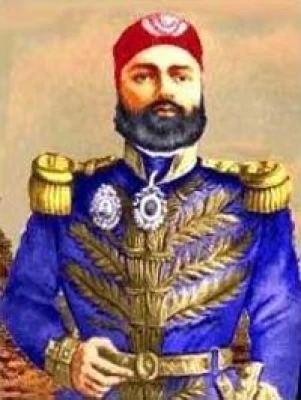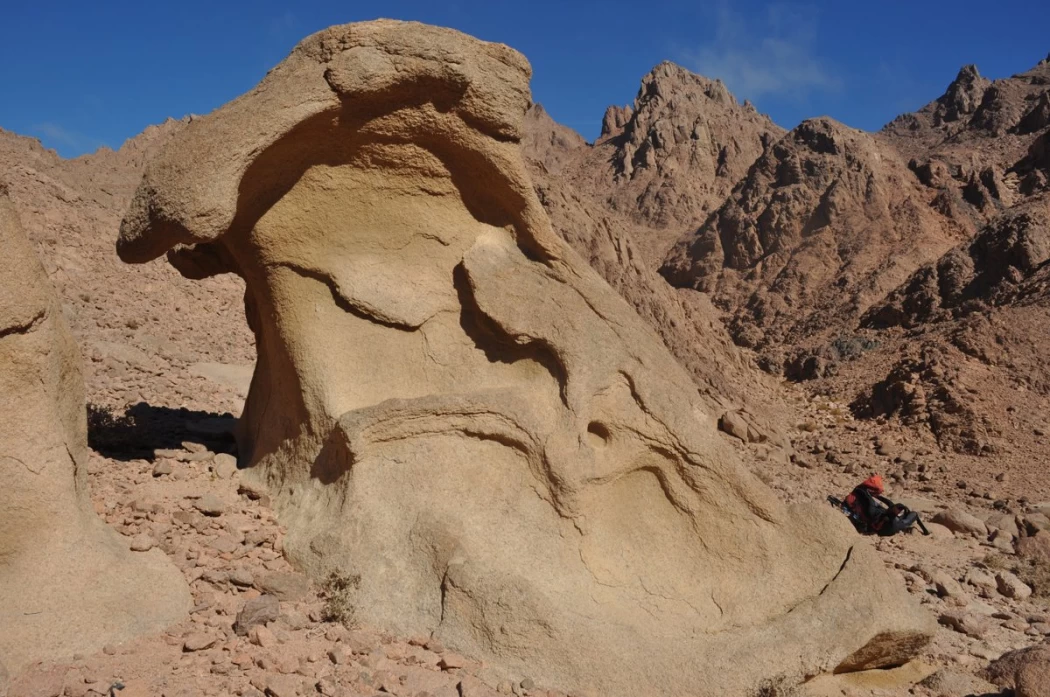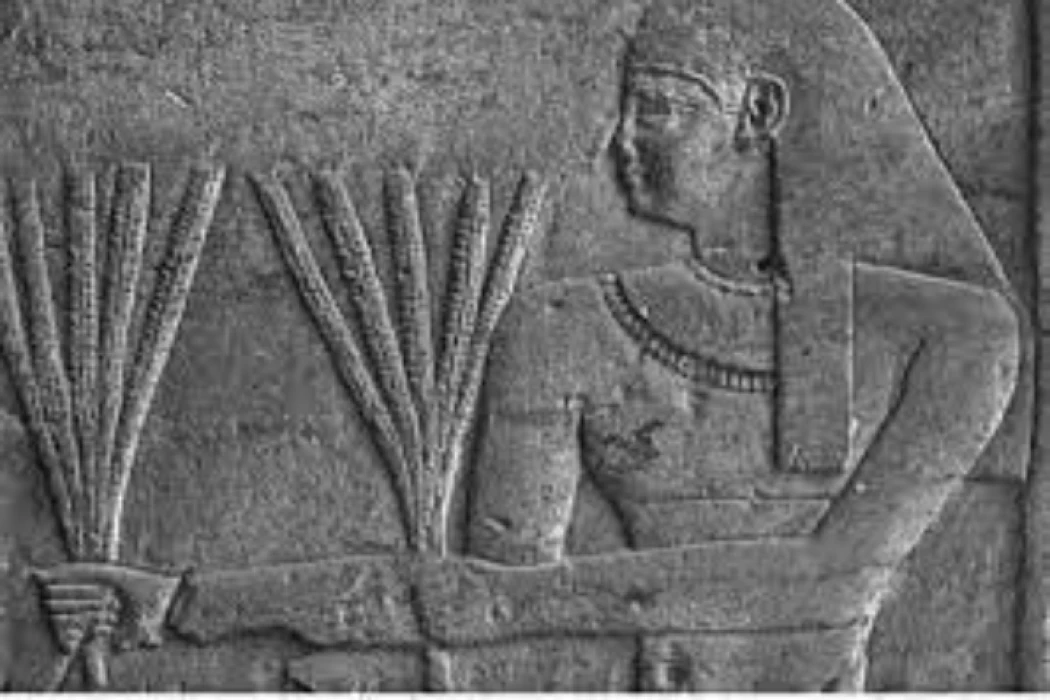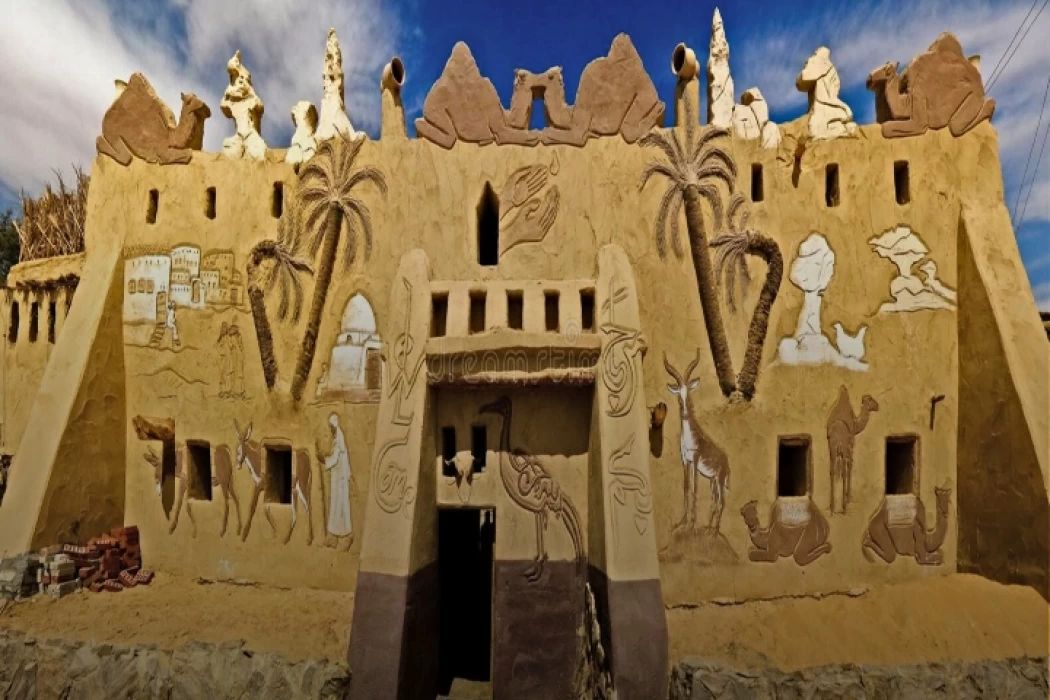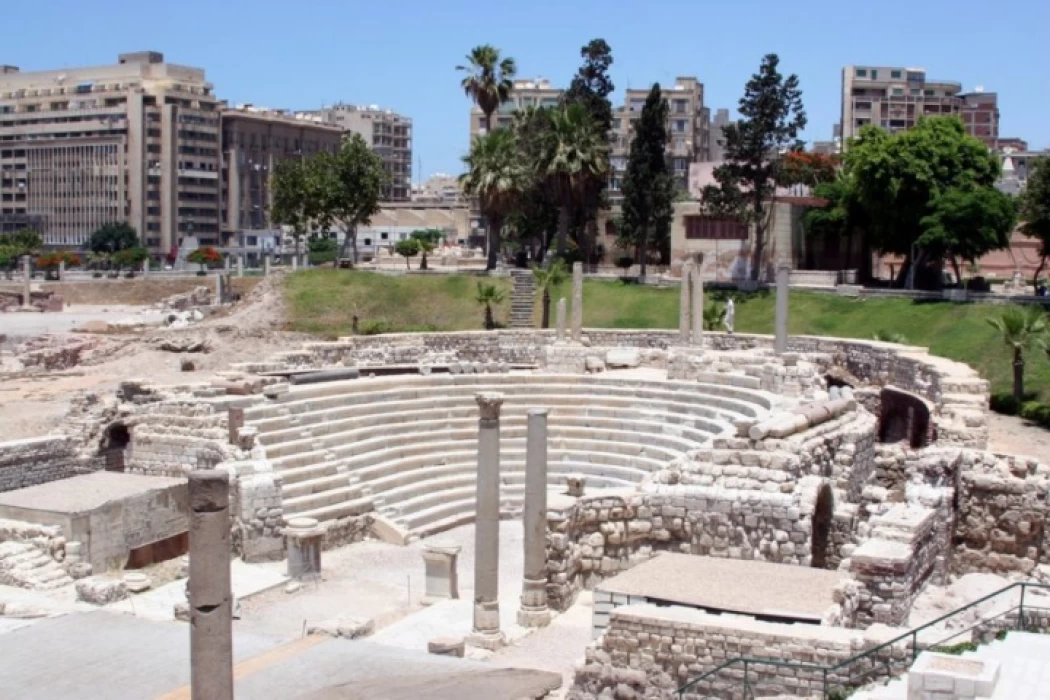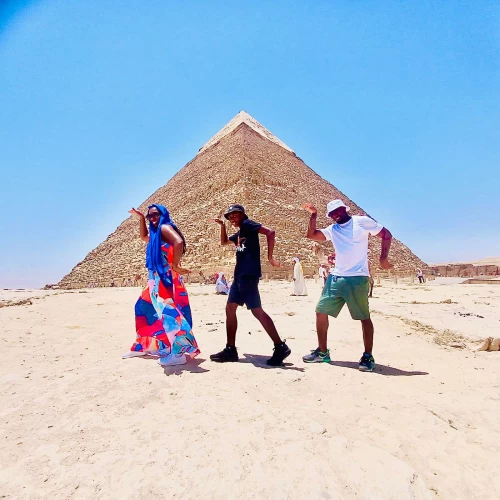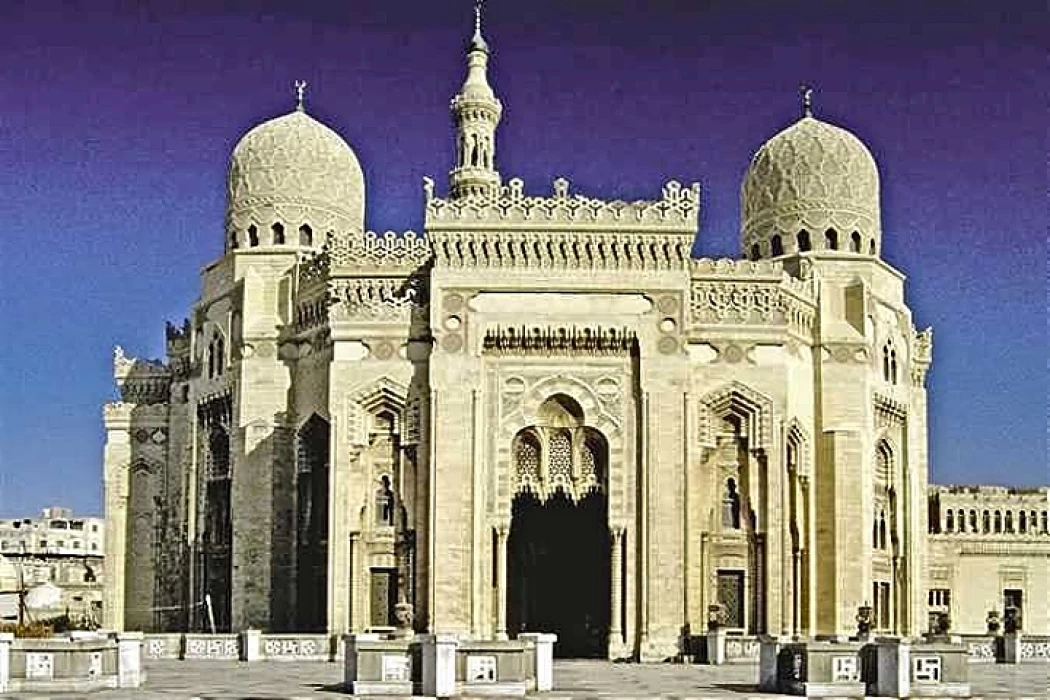
Mosque of abu al-abbas al-mursi
Information about the mosque
This mosque houses the mausoleum of Sheikh Shihab al-Din Abu al-Abbas Ahmad Bin Hassan bin Ali Al-Khazraji Al-Ansari Al-Mursi, whose lineage is related to the journalist Saad Ibn Ubada.
Abu'l-Abbas grew up in a religious environment that prepared him for Sufism. He studied and took the covenant at the hands of his Sheikh Abu Hassan al-Shazli. Abu'l-Abbas resided in Alexandria for forty-three years until he died on the twenty-fifth of Dhu al-Qa'da in 686 ah and was buried in Alexandria in the Bab al-Bahr cemetery. Until the year 706 ah when Sheikh Zain al-Din ibn al-Qattan, the Chief Merchant of Alexandria, built a mosque on it.
The most important feature of the mosque is the decoration in the Arabic and Andalusian style, and the Western dome is topped by the mausoleum of Abu al-Abbas and his two sons.
History of mosque renovations
In the year 882 AH, corresponding to 1477 ad, the mosque was neglected, so Prince qajmash Al-asahaki Al-Zahiri rebuilt it during his mandate over Alexandria in the era of the honorable King Qaitbay and built himself a tomb next to Abu al-Abbas and was buried in it in 892 Ah.
In 1005 AH, corresponding to 1596 AD, it was rebuilt by Sheikh Abu al-Abbas al-nasafi Al-Khazraji. In 1179 AH, corresponding to 1775 AD, the delegation of Sheikh Abu al-Hassan Ali bin Ali al-Maghribi to Alexandria and visited the mausoleum of Abu al-Abbas al-Mursi, and saw its narrowness, so he renovated it, as well as renovated the compartment and dome and expanded the mosque.
In 1280 AH, corresponding to 1863 AD, when the mosque was destroyed and its condition became bad, Ahmed Bey dakhakhni, the sheik of the builder's sect in Alexandria, restored and renovated it and stopped it, and the caretaker of the Waqf later took over its expansion little by little.
The mosque remained so until King Fuad I ordered the creation of a spacious square called the square of mosques, which should include a large mosque for Abu al-Abbas al-Mursi and a mosque for Imam Al-busier and Sheikh Yaqut Al-throne.
Latest Articles
Admin
Regin of Abbas I of Egypt | Abbas Pasha I
Abbas has been often described as a mere voluptuary, but Nubar Pasha spoke of him as a true gentleman of the "old school". He was seen as reactionary, morose and taciturn, and spent nearly all his time in his palace. He undid, as far as lay in his power, the works of his grandfather, both good and bad.
Admin
Story of Gabal Shayeb Al Banat - Red Sea Mountain
Jabal shayb al-banat is one of the Red Sea Mountains in the eastern desert in Egypt, located to the west of the city of Hurghada at a latitude of 27 degrees north and a longitude of 33.5 degrees east of the Greenwich line approximately, this mountain is the highest mountain peak in the eastern desert with a height of up to 2185 meters, it is a prominent mass of igneous rocks
Admin
Neper God Of Grain
Neper was the deity of grains, particularly cereals that were important in Ancient Egypt, such as wheat and barley. It was stated that he foretold when the crops would grow, be harvested, and disappear.
Admin
Badr Museum in Farafra
The Badr Museum is located in a mud building, which is the common home found in this medieval part of Egypt. All of the artwork that was created by the artist is quite unique. His work almost always depicts life in the Farafra Oasis and he provides the work through both painting and sculpting.
Admin
Djoser
Djoser was an ancient Egyptian pharaoh of the 3rd Dynasty during the Old Kingdom and was the founder of that epoch. He is also known by his Hellenized names Tosorthros (from Manetho) and Sesorthos (from Eusebius). He was the son of King Khasekhemwy and Queen Nimaathap, but whether he was also the direct successor to their throne is unclear. Most Ramesside king lists identify a king named Nebka as preceding him, but there are difficulties in connecting that name with contemporary Horus names, so some Egyptologists question the received throne sequence. Djoser is known for his step pyramid, which is the earliest colossal stone building in ancient Egypt
Admin
Kom Al Dikka Alexandria
Kom El Deka, also known as Kom el-Dikka, is a neighborhood and archaeological site in Alexandria, Egypt. Early Kom El-Dikka was a well-off residential area, and later it was a major civic center in Alexandria, with a bath complex (thermae), auditoria (lecture halls), and a theatre.
